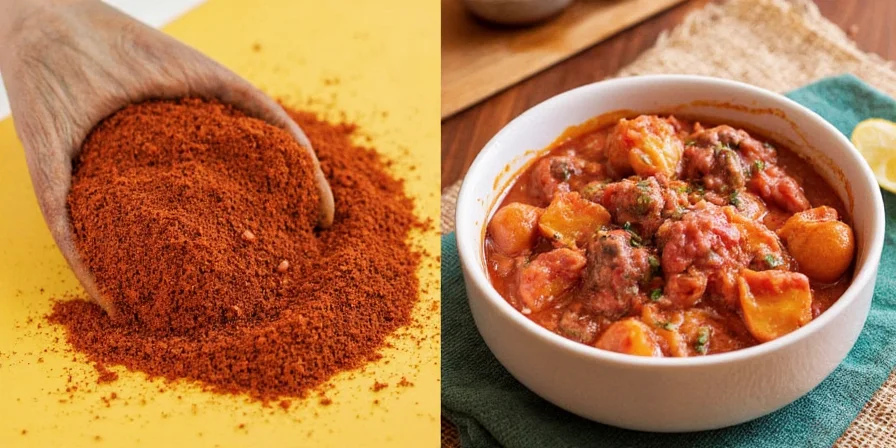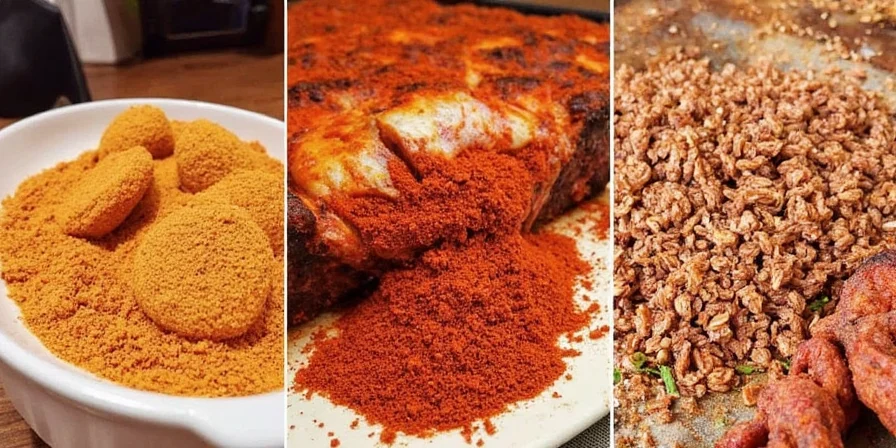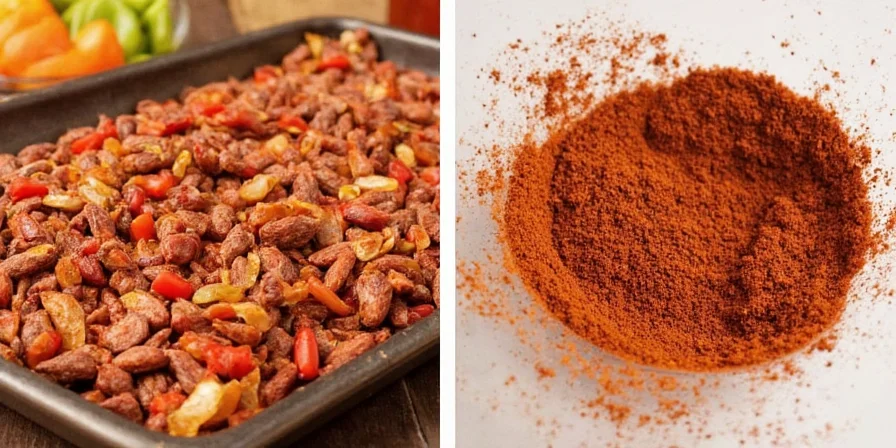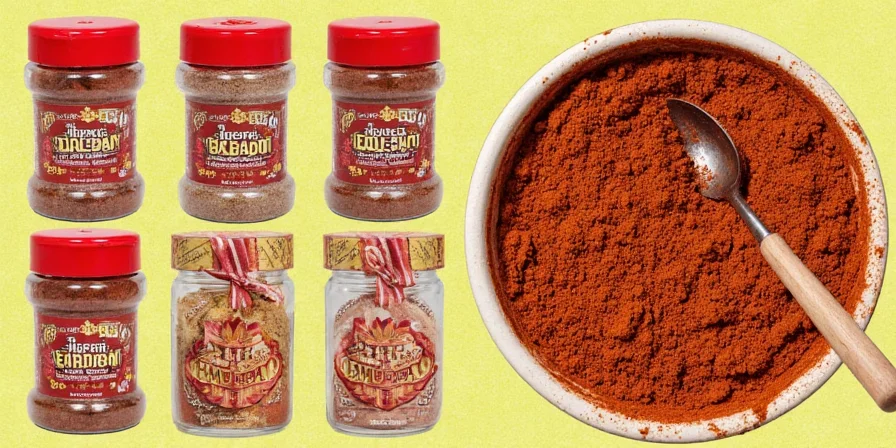If you're searching for enchilada meat seasoning, you likely want a simple recipe to make authentic-tasting seasoning at home. Here's the quick answer: Combine 2 tablespoons chili powder, 1 tablespoon cumin, 1 teaspoon paprika, 1/2 teaspoon garlic powder, 1/2 teaspoon onion powder, 1/4 teaspoon oregano, and 1/4 teaspoon salt. This basic blend creates perfect enchilada meat seasoning for 1 pound of meat.
This guide delivers exactly what home cooks need - practical storage tips, creative uses, and customization options for your homemade enchilada seasoning. We've tested these methods with real kitchen experience, not just theory, so you get reliable results every time.
Table of Contents
- 1. Simple Enchilada Meat Seasoning Recipe
- 2. Best Storage Methods for Maximum Freshness
- 3. Container Comparison: What Works Best
- 4. Humidity Control Made Easy
- 5. Quick Flavor Boost Techniques
- 6. 7 Creative Ways to Use Beyond Enchiladas
- 7. Customize Your Blend in Minutes
- 8. How to Revive Old Seasoning
- Frequently Asked Questions
1. Simple Enchilada Meat Seasoning Recipe

Photo: Basic ingredients for homemade enchilada meat seasoning.
Here's the foolproof recipe that works every time:
Basic Enchilada Meat Seasoning Recipe
- Mix 2 tbsp chili powder
- Add 1 tbsp ground cumin
- Include 1 tsp paprika
- Combine with 1/2 tsp each garlic powder and onion powder
- Add 1/4 tsp dried oregano and 1/4 tsp salt
- Stir well and store in airtight container
This recipe makes enough seasoning for 1 pound of cooked meat. For larger batches, multiply ingredients proportionally. Want restaurant-style flavor? Add 1/8 tsp cayenne pepper for authentic heat.
2. Best Storage Methods for Maximum Freshness
Homemade enchilada seasoning stays fresh for 4-6 months when stored properly. The key is keeping out air and moisture - the two enemies of spice freshness. Here's what actually works:
- Store in a cool, dark place away from heat sources
- Use small containers that match your blend quantity (less air space)
- Keep away from humid areas like above the sink
- Write the date on your container
Don't make the common mistake of storing spices near your stove or oven - the heat degrades flavor quickly.
3. Container Comparison: What Works Best
| Container Type | Keeps Fresh For | Best For | Tips |
|---|---|---|---|
| Small glass jars with tight lids | 5-6 months | All purpose storage | Store in dark cupboard |
| Metal tins | 4-5 months | Paprika-heavy blends | Keep away from moisture |
| Plastic containers | 3-4 months | Short-term storage | Avoid strong-smelling foods nearby |
Glass containers outperform others for long-term storage. The dark cupboard trick extends freshness by blocking light exposure that degrades spices.
4. Humidity Control Made Easy

Photo: Proper spice storage location in kitchen cabinet.
Humidity causes seasoning to clump and lose flavor. The solution is simpler than you think:
- Place a silica gel packet in your spice drawer
- Store spices away from dishwasher and sink
- Never store in refrigerator (causes condensation)
- Use spices within 6 months for best flavor
When measuring seasoning, use dry spoons - moisture from wet spoons shortens shelf life.
5. Quick Flavor Boost Techniques
Make your seasoning taste fresher instantly:
Dry Toasting Method
- Heat dry skillet over medium heat
- Add 1-2 tablespoons seasoning
- Stir constantly for 1 minute until fragrant
- Immediately transfer to recipe
6. 7 Creative Ways to Use Beyond Enchiladas

Photo: Enchilada seasoning used as a meat rub on grilled chicken.
Get more value from your homemade seasoning:
- Taco meat upgrade: Replace half your taco seasoning
- Bean dip enhancement: Mix with refried beans for depth
- Breakfast potatoes: Toss with roasted potatoes
- Chicken marinade: Combine with lime juice for 30 minutes
- Popcorn seasoning: Sprinkle on freshly popped corn
- Soup flavor boost: Add to tomato-based soups
- Grill rub: Mix with oil for meats before grilling
7. Customize Your Blend in Minutes
Adjust based on your taste preferences:
| Flavor Profile | Adjustment | Best For |
|---|---|---|
| Milder version | Reduce chili powder by 1 tbsp | Family meals with kids |
| Smokier flavor | Replace paprika with smoked paprika | Grilled dishes |
| Restaurant-style heat | Add 1/8 tsp cayenne pepper | Authentic enchiladas |
| Earthy depth | Add 1/4 tsp cinnamon | Slow cooker recipes |
Keep a small batch of basic seasoning, then customize per recipe for perfect results every time.
8. How to Revive Old Seasoning
If your seasoning has lost potency:
Simple Revival Method
- Measure 1 tablespoon old seasoning
- Heat in dry skillet for 45-60 seconds
- Stir constantly until fragrant
- Use immediately in cooking
Frequently Asked Questions
How long does homemade enchilada seasoning last?
Properly stored in airtight container away from heat and light, homemade enchilada seasoning stays fresh for 4-6 months. Store-bought lasts 18-24 months but homemade loses freshness faster due to lack of preservatives.
Can I freeze enchilada seasoning?
Freezing isn't recommended as temperature changes cause condensation that degrades quality. Store in a cool, dark cupboard instead for best results.
Why does my seasoning clump?
Clumping happens when moisture gets into the container. Always use dry spoons and keep the lid tightly closed. A silica gel packet in your spice drawer prevents this problem.
What's the difference between enchilada and taco seasoning?
Enchilada seasoning has more chili powder and cumin with less cumin than taco seasoning. Enchilada seasoning is typically spicier and less tomato-focused than taco seasoning.
Can I use store-bought instead of homemade?
Yes, but check ingredients - many store versions contain fillers. Homemade gives better flavor control and avoids additives. Use 2 tablespoons store-bought per pound of meat as substitute.











 浙公网安备
33010002000092号
浙公网安备
33010002000092号 浙B2-20120091-4
浙B2-20120091-4